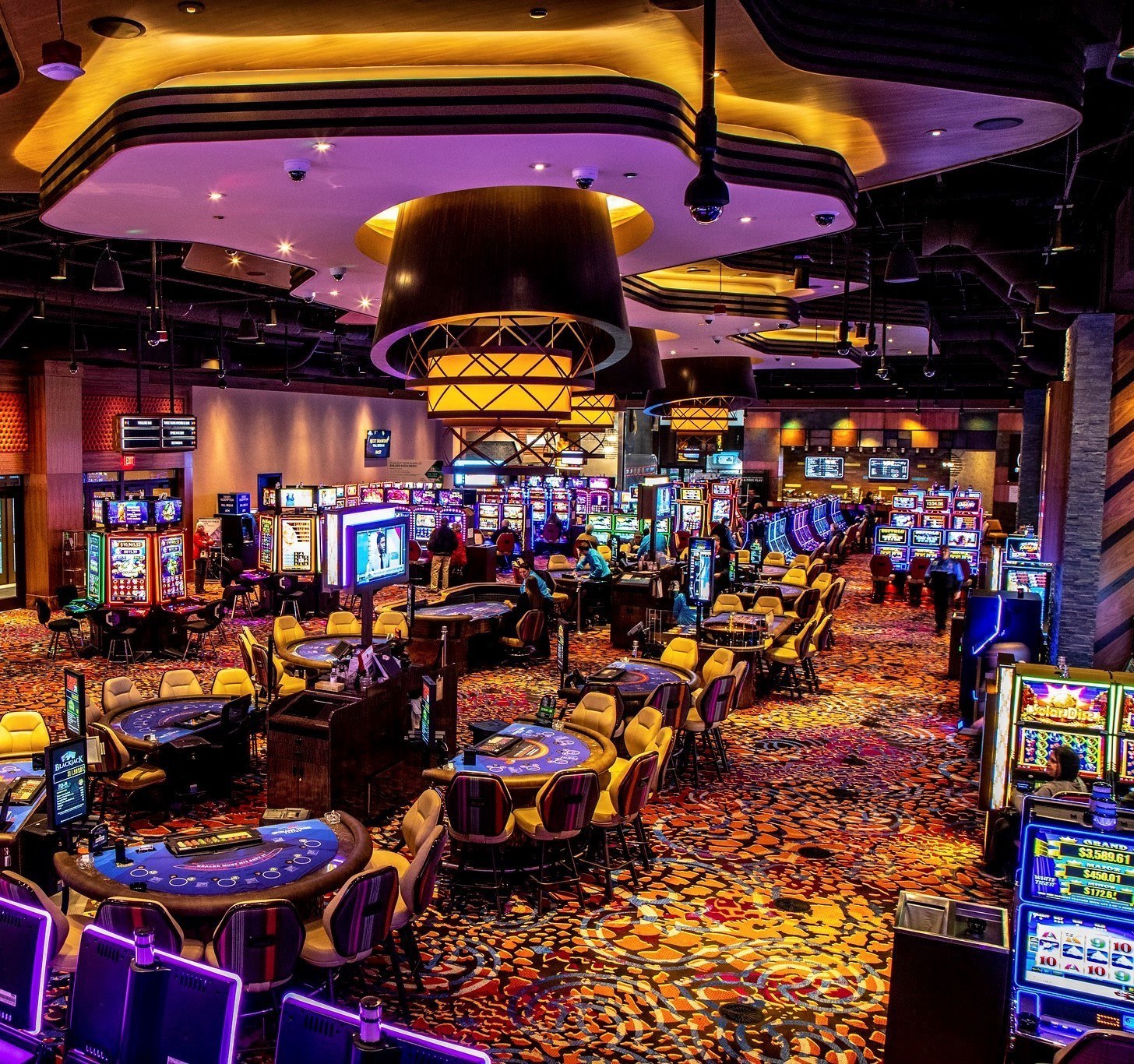
Gambling games have long captivated human interest, drawing participants into a universe filled with luck, strategy, and the allure of thrill. Each game is painstakingly crafted not just for entertainment, but also to elicit particular emotional responses that keep participants engaged and invested. Understanding the motivations behind these designs reveals much about how human psychology plays a vital role in the gaming experience.
From the vivid lights and lively sounds to the complex layering of rules and rewards, casino games are designed to create an atmosphere of anticipation and eagerness. Game designers leverage mental cues to influence gambler behavior, whether through the use of big prizes, close-call situations, or social connections. By examining these aspects, we can better appreciate how casino games fulfill not just a desire for entertainment, but underlying psychological needs for thrill and hazard.
Grasping Player Behavior
Casino games are engineered with a profound understanding of player psychology, which is crucial for luring and retaining players. The rush of the game, alongside the hope of winning, produces a strong attraction. Game designers employ elements like sound effects, vibrant graphics, and engaging gameplay to engage attention and evoke emotional responses. These sensory effects enhance the overall experience, making players feel more involved in the game.
Another important aspect of player behavior is the notion of risk/reward dynamics. Casino games often balance high-risk scenarios with the potential for considerable rewards, which can lead to the phenomenon known as near-miss effect. When players come within reach to winning, the brain produces dopamine, bolstering their behavior and encouraging them to persist playing in quest of that elusive win. This cycle of anticipation and disappointment plays a key role in how games are designed and advertised.
Lastly, social factors also play a critical role in player behavior at casinos. Many games are designed to be played in groups or in company with other players, creating a sense of belonging and collective experience. The interaction inherent in games like poker enhances enjoyment and can result in extended gameplay. Designers take advantage on this by designing environments that encourage players to linger, connect, and revisit, making the overall casino experience more attractive.
The Role of Visuals and Sound
Imagery and audio play a vital role in improving the gambler’s experience within gambling games. Designers utilize vibrant colors, striking graphics, and captivating animations to capture gambler’s attention and hold their interest. The use of themes, such as exploration or opulence, helps create an engaging atmosphere that takes players into a different world. By connecting to the senses, these elements contribute to a intensified emotional response, encouraging players to engage more deeply with the games.
Sound design is just as important in reinforcing the experience of casino games. The combination of background music, sound effects for winning combinations, and ambient noises creates an auditory landscape that holds players fascinated. Audio cues associated with victories, such as ringing bells or celebratory music, evoke feelings of thrill and reward, encouraging players to keep playing. These audio cues are strategically placed to amplify the excitement of the game and create a more immersive experience.
Additionally, the alignment of visuals and audio is essential for reinforcing the game’s overall theme and mood. Each element should coordinate harmoniously to create a unified experience that pulls players in. The effective use of this integration not only improves user enjoyment but also increases the chances of return play, as players become more engaged in the captivating world that the casino games offer. This thoughtful integration of imagery and sound ultimately enhances player engagement and commitment.
Reward Structures and Participation
The design of gambling experiences heavily depends on incentive systems to ensure participants involved and coming back for more. 8xbet These structures are rooted in behavioral principles that take advantage of human nature and desire. Participants are often motivated by the excitement of winning, which is supported by instant responses through the game’s mechanics. This prompt satisfaction not only enhances the overall experience but also cultivates a feeling of achievement, prompting players to keep participating in hopes of bigger rewards.
Gaming establishments utilize various incentive systems, such as jackpots, extra rewards, and increased rewards, to captivate participants. These features create a layer of excitement that maintains engagement. Additionally, the unpredictability of outcomes plays a significant role in sustaining interest. The intermittent reinforcement schedule, where wins are random but happen often enough, maintains players on edge and motivated to continue participating. This cycle of anticipation and anticipation is essential to the success of gambling experiences.
Furthermore, social elements, such as tournaments and multiplayer features, enhance the participation factor by tapping into the competitive nature of players. The communal aspect of playing with fellow participants can amplify the excitement of success and create a sense of community within the gaming space. By integrating these social dynamics with efficient incentive structures, gambling experiences not only offer entertainment but also foster a stronger bond among players, reinforcing their commitment to the overall experience.